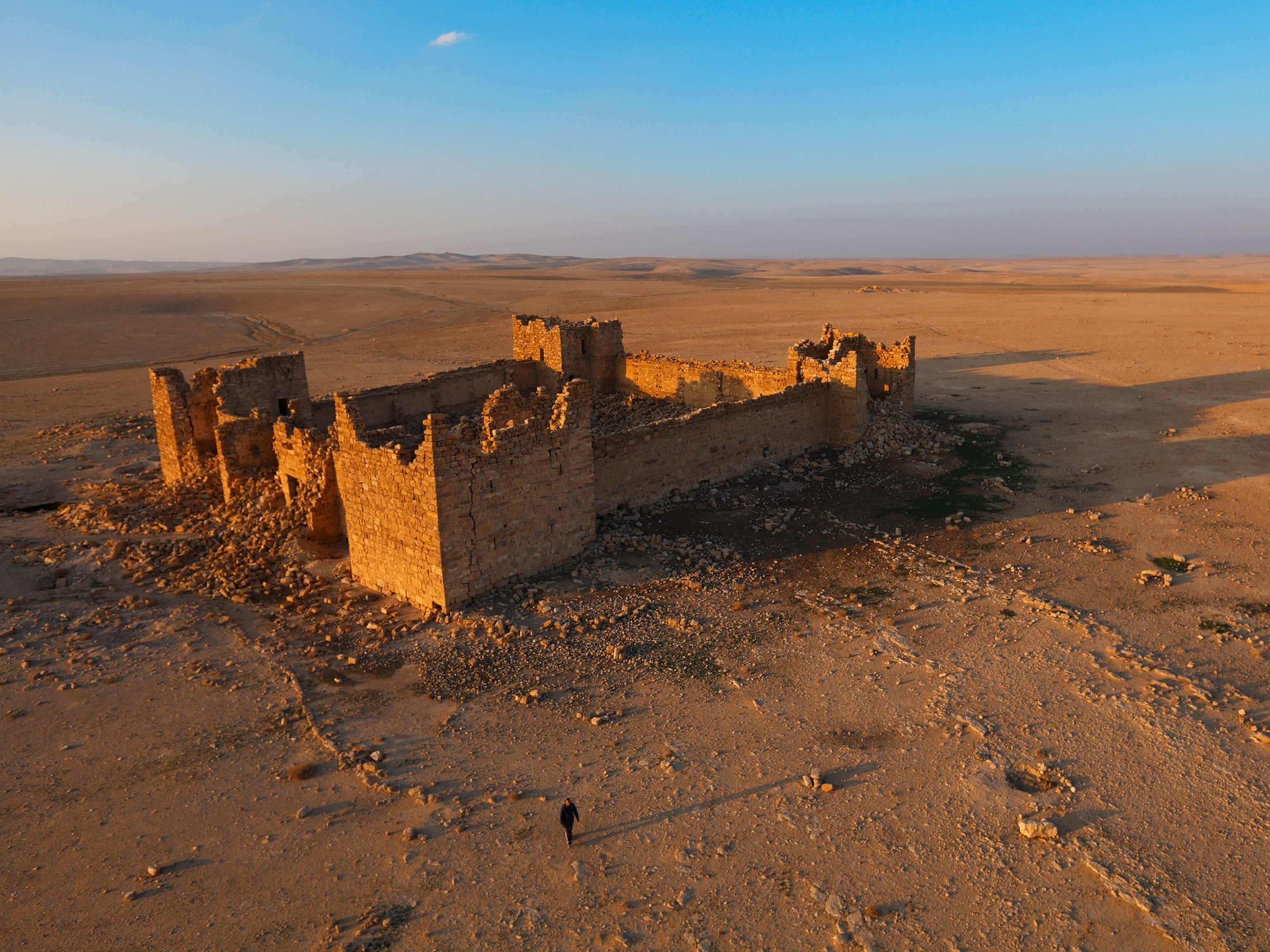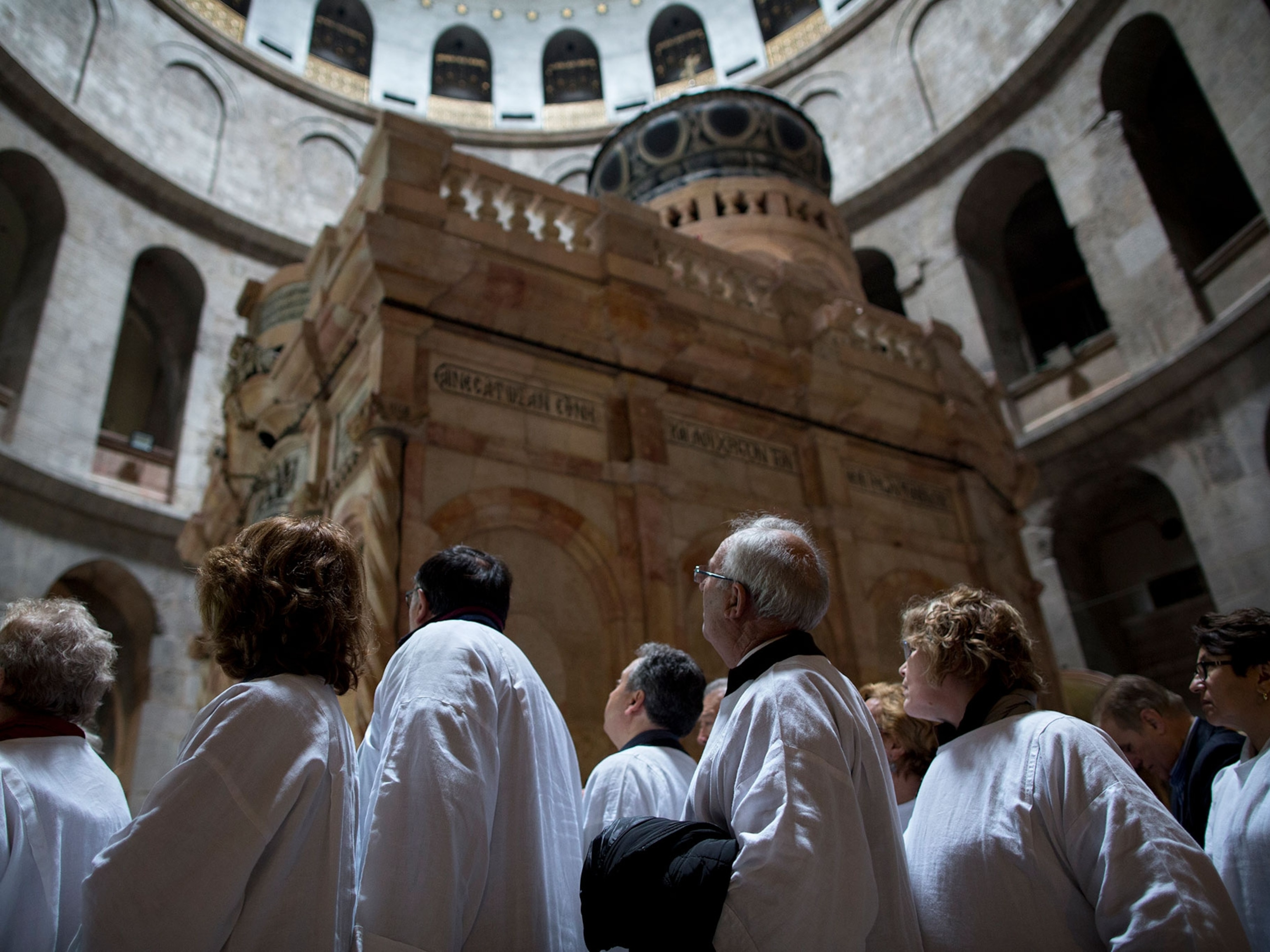What Hollywood gets wrong—and right—about Roman gladiators
With Gladiator II now in theaters, archaeological discoveries reveal how Hollywood’s warriors compare to history.
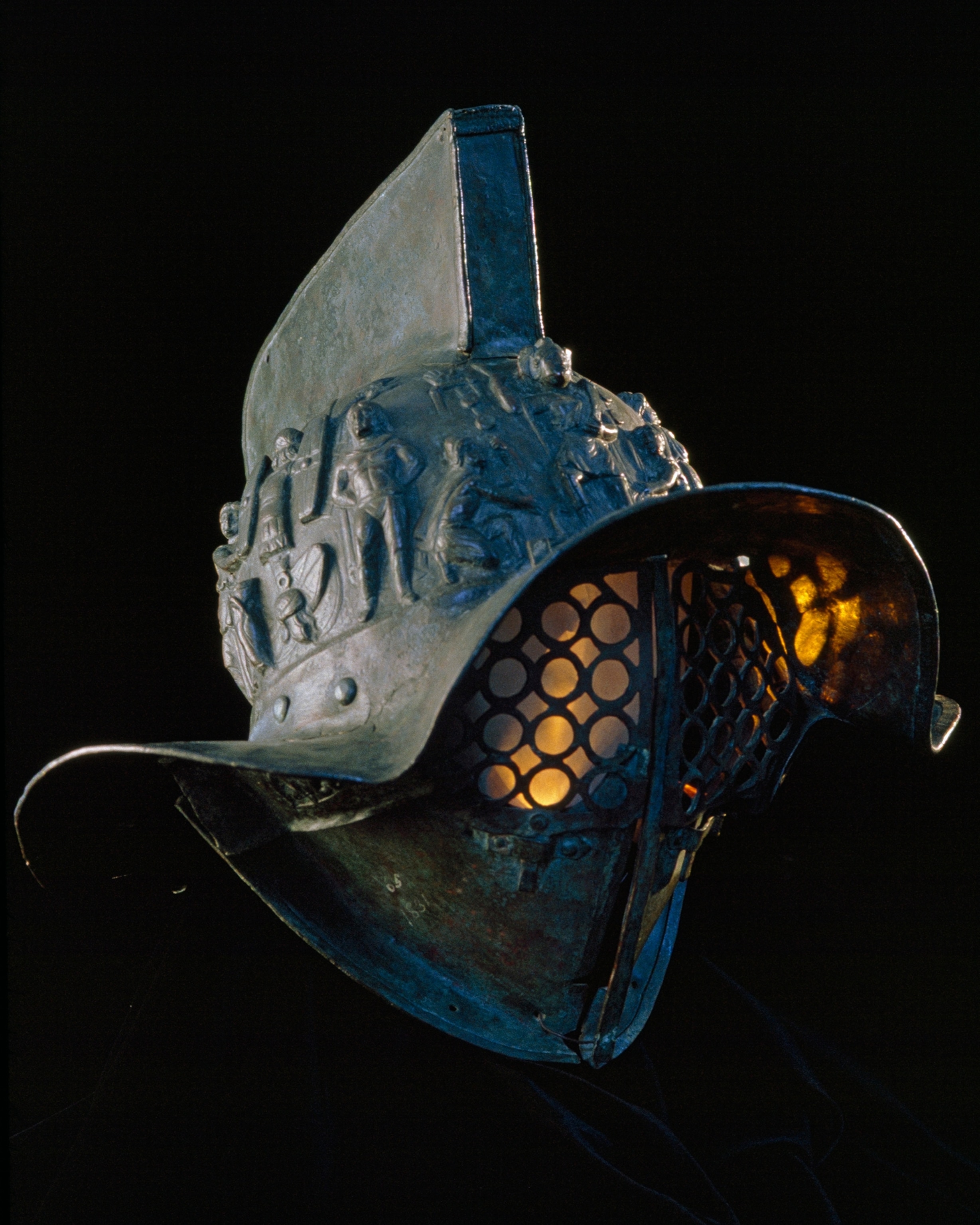
Gladiators seem to be made for the cinema. Strong warriors armed with exotic weapons fighting one-on-one in the Colosseum as emperors and nobles look on. These clashes have become a staple of any story set in imperial Rome, contrasting the brute strength of these fighters and the pampered decadence of the elite.
The full story of gladiators in the Roman Empire continues to expand as new discoveries come to light through archaeology. Early excavations at the Colosseum laid the foundation while recent excavations have uncovered gladiator schools along the Danube, and training barracks in Pompeii. Archaeology is revealing how much more complex these entertainments were and how much planning and training went on behind the scenes. Here’s what we’re learning:
1. Gladiators had nicknames?
In 2000’s Gladiator, Russell Crowe’s hero Maximus earns the nickname “The Spaniard” after he starts his gladiatorial career. While nicknaming fighters may seem like something out of professional wrestling, it goes back to Roman history.
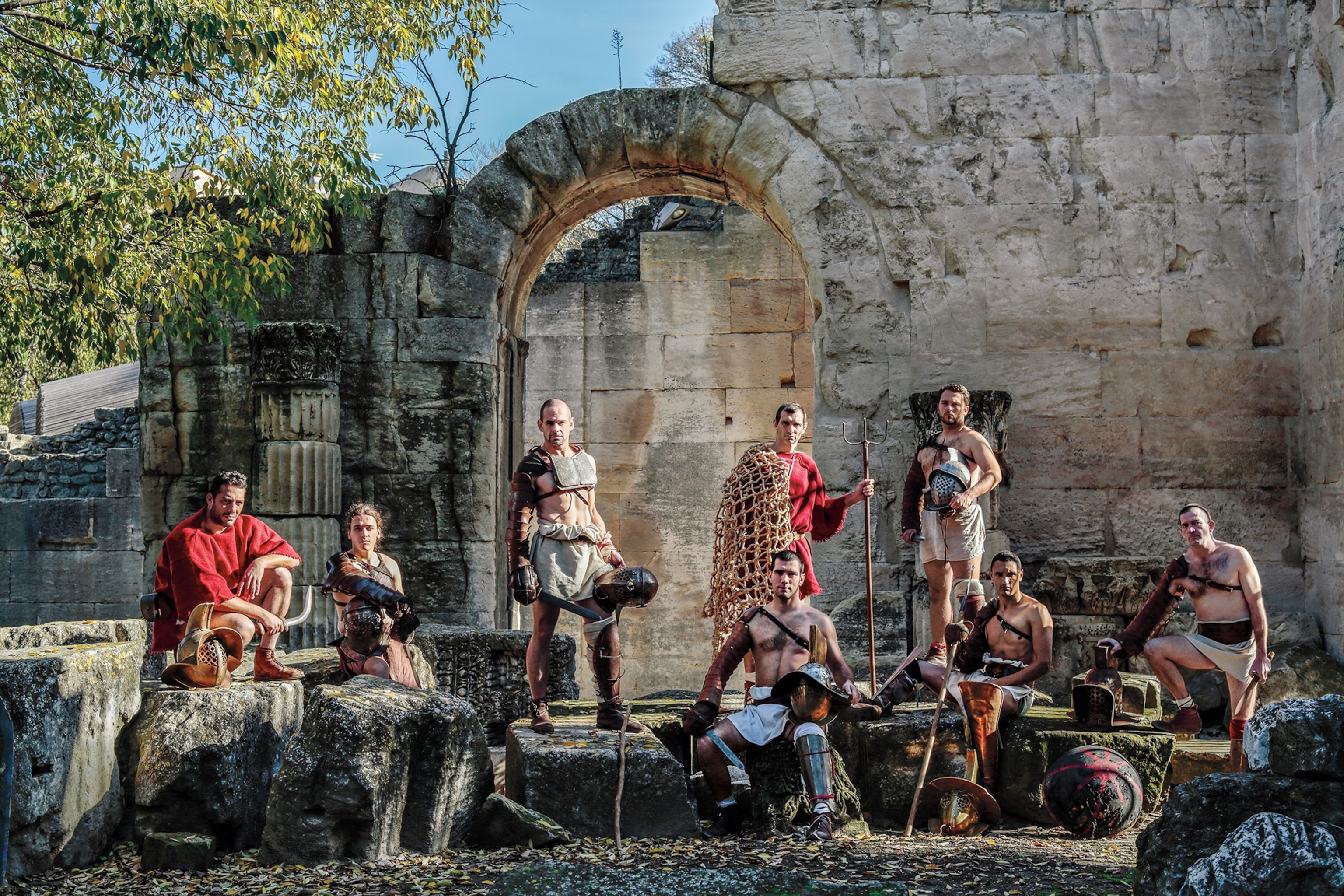
Historians say that gladiators were known by their personas, attracting fans and followings. They often had their own signature moves and equipment based on their fighting style, known as their armatura. One superstar was Celadus the Thracian: graffiti in Pompeii celebrated his victories as well as his popularity with the “girls.”
2. Sudden death? Or sudden victory?
Pop culture is largely responsible for the misconception that gladiators were always fighting to the death, but history is showing that “fights without reprieve” were pretty infrequent. Some gladiators were criminals or prisoners of war, but most were professional athletes who studied at gladiator schools with extensive training grounds.
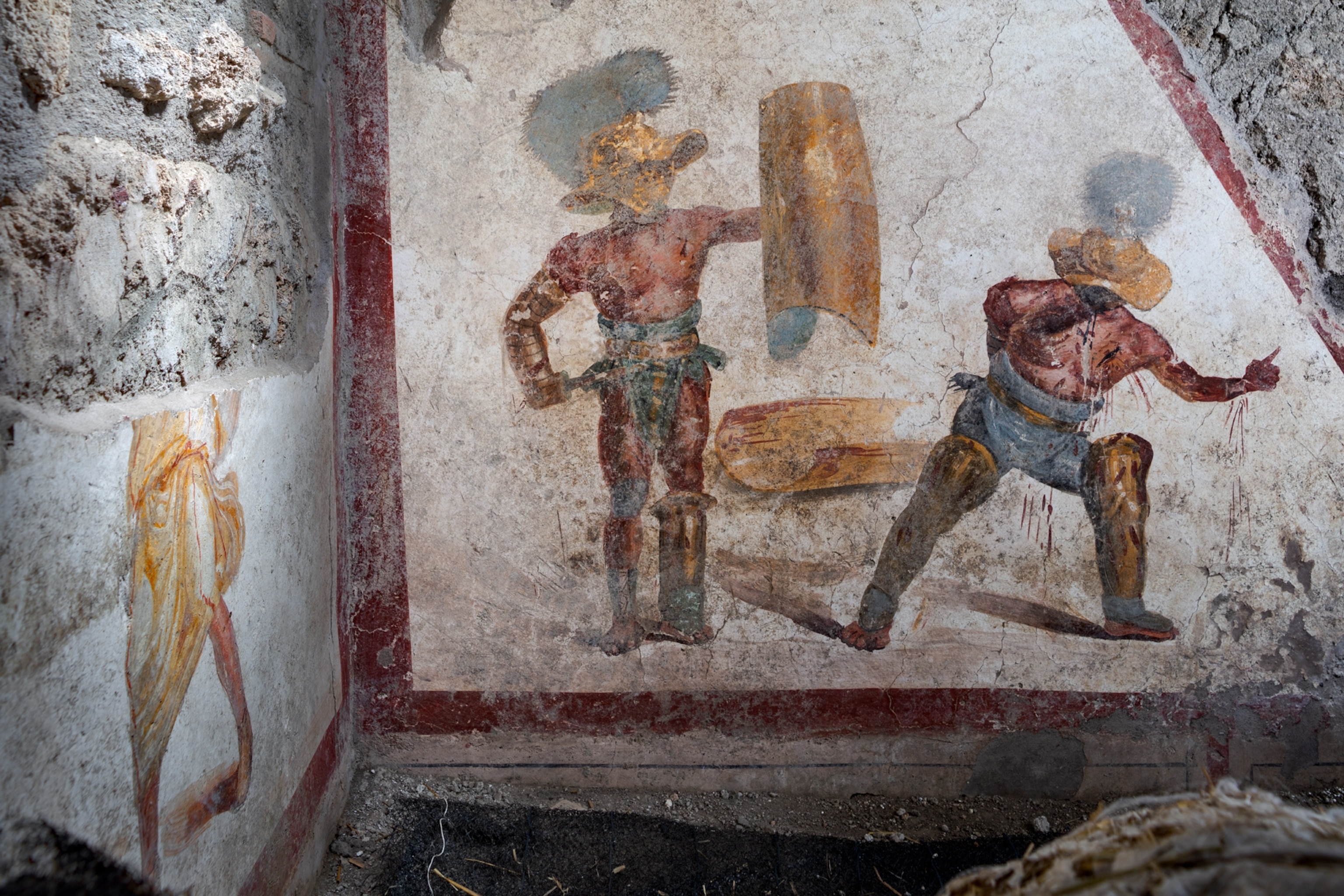
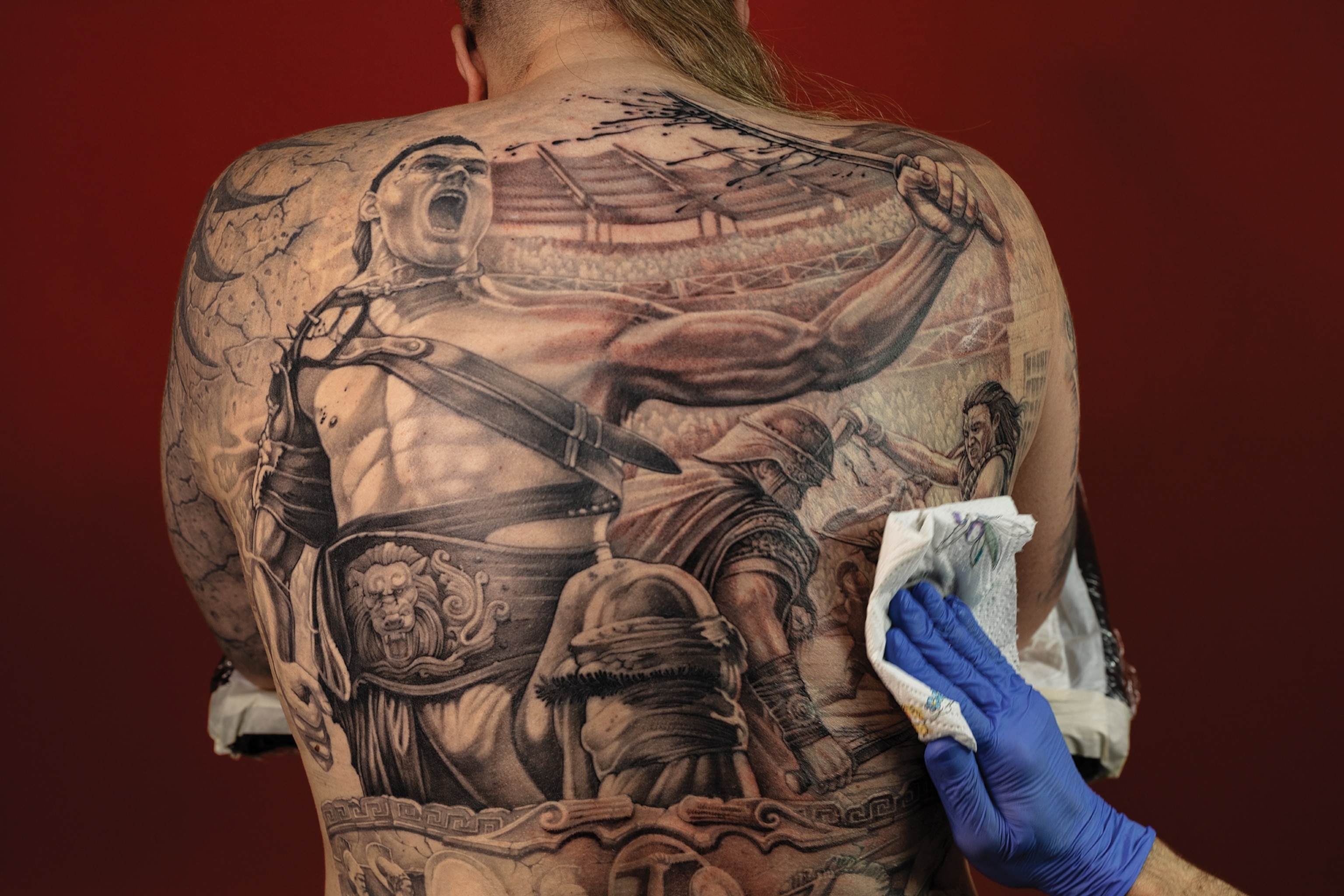
Rather than a punishment, being a gladiator was a career, one that could launch a person into celebrity. And savvy Roman promoters had no interest in killing off their talent. About nine out of ten times, gladiators survived their bouts to fight another day.
3. Sharks? In the Colosseum?
In breathtaking scene in Gladiator II, the Colosseum is flooded, so manned warships can battle it out while sharks circle menacingly in the waters around them. It might all seem like Hollywood fantasy, but mock naval battles, called naumachia, really did happen. And the sharks? That’s a no.

The earliest mock naval battles were organized during the reign of Julius Caesar, well before the Colosseum was completed around 80 A.D. Historians are divided as to whether naumachia ever really happened in the Colosseum. According to some ancient accounts, Emperor Titus held one there when the venue first opened.
4. Was ancient Rome really that diverse?
Gladiator II features myriad characters from all over the ancient world, which does accurately reflect the multicultural nature of the Roman Empire. Whether in the capital itself or at a frontier outpost, you could find people from different regions of Africa, the Middle East, and Europe.

The DNA of headless skeletons found at a British imperial outpost near York revealed origins thousands of miles away. The Roman Empire was cosmopolitan and mobile with a broad range of ethnicities and cultures.

